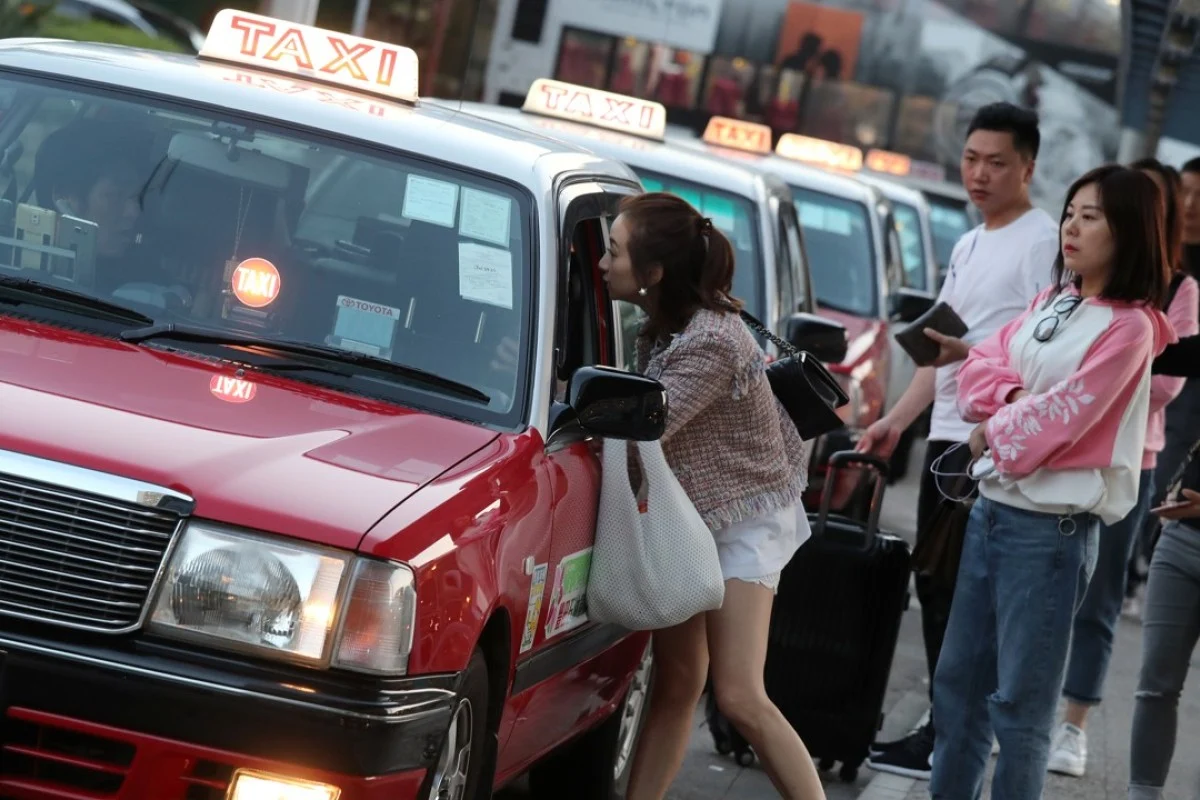The Ride-hailing industry has had a large impact on the taxi industry. It has made it harder for drivers to earn a living. They are often paid only minimum wage and are struggling to meet the high demand for rides. Additionally, the technology is causing a lot of trouble for public transportation.
Uber drivers struggle to earn even a minimum wage
Uber and Lyft drivers are struggling to make ends meet. The high cost of gas is hammering their bottom lines. There are also many factors outside their control.
In the U.S., a gallon of regular grade fuel costs $4.33 on Monday, and the average price of food is nine percent higher this summer. As a result, drivers are having to make up for lost income.
When Uber and Lyft are not operating in the state of Washington, they are considered contractors. They are therefore not covered by worker’s compensation benefits. This means that drivers can be hit with significant bills if they are hurt in a collision.
Although Uber has a long history of mistreating workers, it is now facing scrutiny from regulators across the country. A lawsuit filed in Milwaukee by an Uber driver claims that many drivers are struggling to earn a livable wage.
Ride-hailing platforms can regulate taxi’s price ratio
One of the biggest challenges facing on-demand ride-hailing platforms is their competition with traditional taxis. In the past, regulators have been able to regulate the taxi industry’s price ratio to protect the consumer. This has been possible through the introduction of fixed rate fares. However, the rapid development of on-demand ride-hailing platforms has changed the landscape.
The on-demand ride-hailing platform needs to design a pricing strategy to combat competition from the traditional taxi industry. This may involve determining measures to maximize social welfare.
While taxis have been regulated since the Great Depression, they are being challenged by disruptive innovations in transportation. These innovations are improving the lives of consumers, but they also raise questions for regulators.
To make sure that on-demand ride-hailing platforms do not stifle innovation, governments can adopt supervisory policies to monitor their commission ratios. They can also subsidize the costs of regulatory regulation for enterprise operators.
Ride-hailing has created problems for public transportation
The popularity of ride-hailing apps like Uber and Lyft is having a negative impact on public transportation systems. It has made it easier to travel, but it has also increased congestion. In some cities, it’s even proposed to tax downtown drivers for the extra traffic.
As more people start using these apps, the traffic will only get worse. According to Gregory Erhardt, an assistant professor of civil engineering at McGill University, adding more buses won’t solve this problem.
One of the biggest issues with ride-hailing services is the fact that they haven’t been tested extensively to understand their impact on public transit. Although many firms have a solid platform and coded standards, they haven’t been able to codify the details of their fare structures and payment options.
Regulations in China
The Chinese government has announced new regulations for ride-hailing services. These regulations are expected to provide better regulatory supervision for the sector. They are expected to be applied at the provincial and municipal level.
Chinese regulators have imposed stricter rules on ride-hailing platforms, as well as on the data they collect and the data they share. This is part of the government’s effort to protect consumer rights and promote fair competition.
According to the rules, ride-hailing companies will have to store the data they collect on their platform for a minimum of two years. In addition, they will be required to conduct periodic security inspections. Ride-hailing companies will have to fix security risks and prevent data breaches. If the firms are found to be non-compliant, they will face fines.
Uber is returning to its roots: yellow cabs
If you’re an avid rider, you may have heard about Uber’s deal with New York City’s yellow cabs. This will allow you to hail a cab using your smartphone app. The partnership will also help expand the company’s already vast customer base.
While this deal will certainly increase the number of rides available on the Uber app, it will also have some serious implications for both riders and drivers. Currently, Uber pays drivers a minimum wage of 9.21 dollars per hour. However, cab drivers in NYC would be paid according to the city’s ride-hail wage standards.
It isn’t hard to see how this can affect prices. During times of high demand, cab drivers might hike their rates to compensate for the surge in customer demand.

